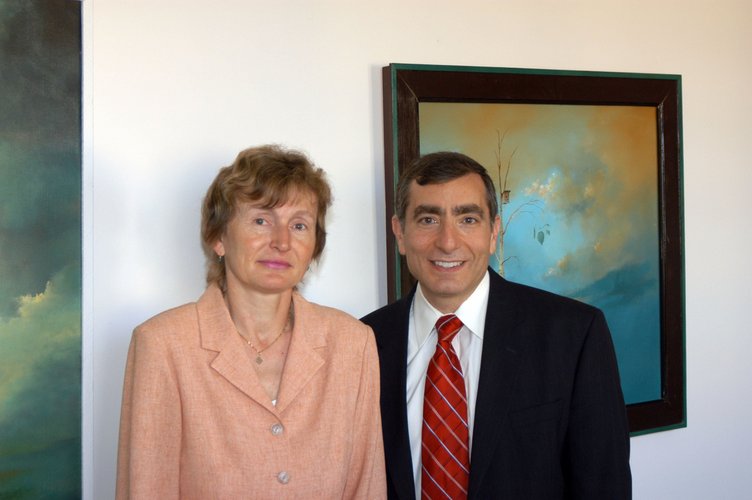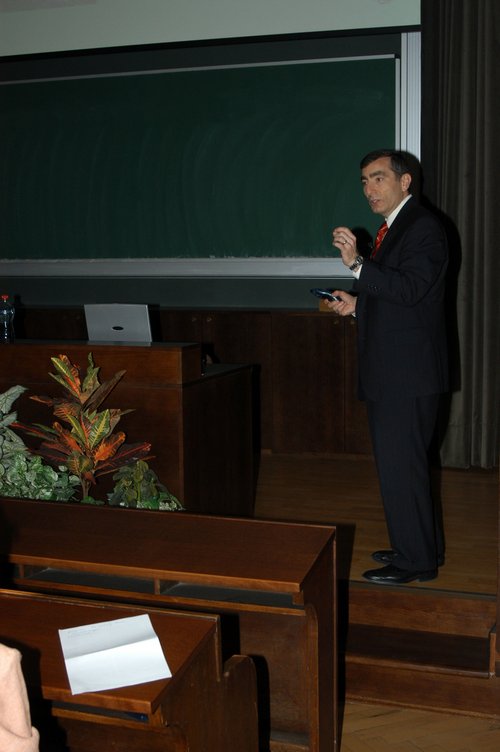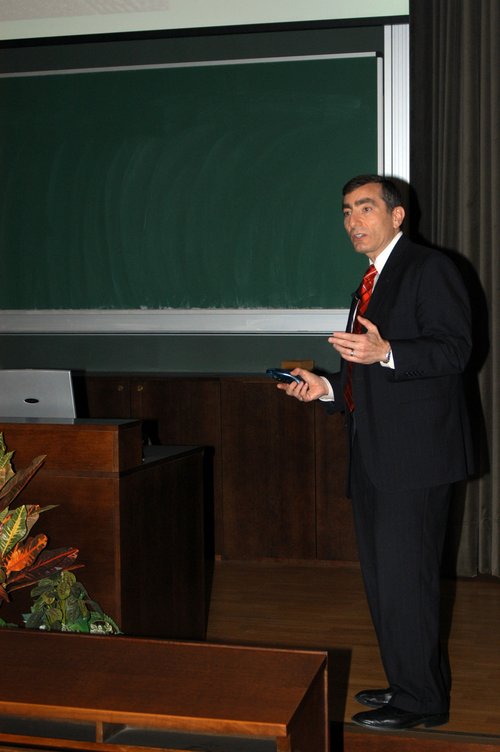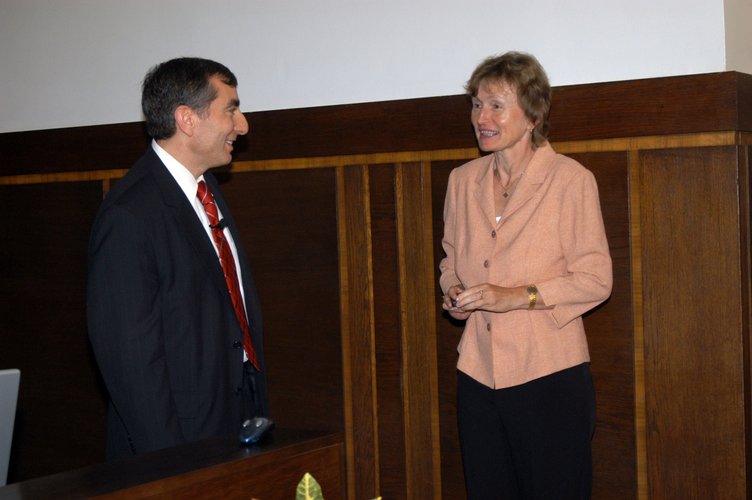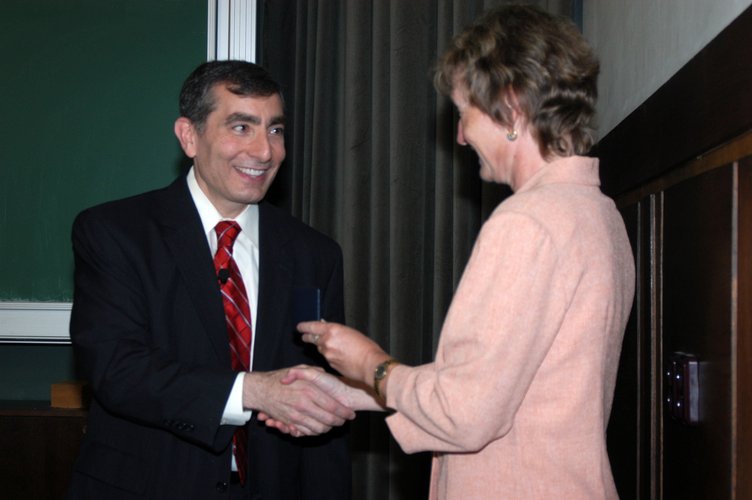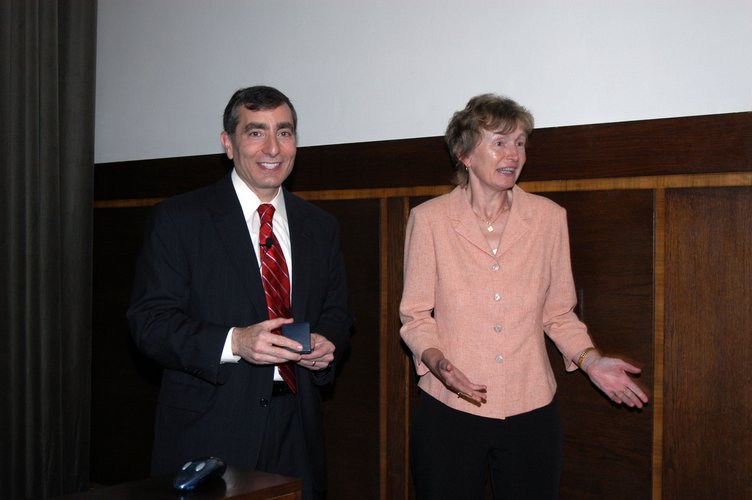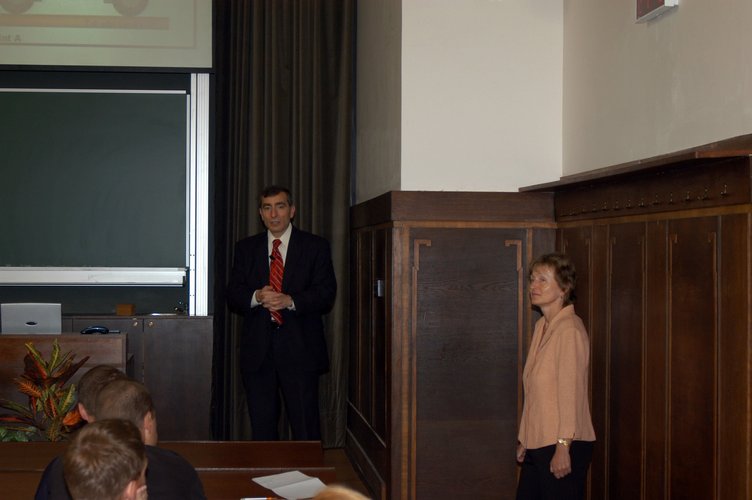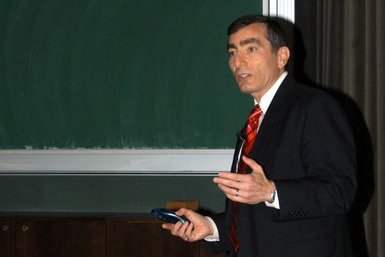
Prof. James M. Tour (Rice University, Houston, TX, USA)
Organic Nanotechnology: Nanotubes, Molecular Electronics and Nanocars
Abstract
(A) Routes to functionalization and characterization of carbon nanotubes will be discussed. This will include a solvent-free process that makes the functionalized systems accessible at low cost, and methods for the functionalization of individualized single-wall nanotubes in fuming sulfuric acid. Blending <1 wt % of these functionalized materials into commodity elastomers can increase the tensile modulus several-fold, while retaining the original elongation-to-break properties. Secondly, blending 1 wt % nanotubes into commodity plastics, followed by short (3 second) exposure to low power microwaves (60 W) can result in crosslinks at the exposed locations for localized modulus changes. Thirdly, processes have been developed for the functionalization of the metallic tubes, thereby providing a handle for the separation from the semiconducting species. And finally a route to seeded nanotube growth will be described wherein we seek a protocol for the synthesis of only a single tube type, thereby having absolute control over nanotube helicity and diameter.
(B) Research efforts directed toward constructing a molecular computer will be described in the context of recent developments in nanotechnology. Routes will be outlined from the synthesis of the basic building blocks such as wires and alligator clips, to the assembly of the processing functional blocks. Specific attention will focus on molecules interfacing with silicon.
(C) The thrust to design single-molecule-sized nanoscale machines with controlled mechanical motion has yielded a variety of molecular machinery resembling macroscopic motors, switches, shuttles, turnstiles, gears, bearings, and elevators. In most cases, however, the nanomachines have been operated and observed spectroscopically as ensembles of molecules in solution phase. On the other hand, molecules such as benzene, porphyrins, fullerene-C60, a cyclodextrin necklace, molecular landers, and altitudinal molecular rotors have been treated as individual molecules on solid surfaces using a scanning tunneling microscope (STM). Most observed tangential motion of these latter systems has been attributed to a stick-slip movement. The exception, C60, has demonstrated a rolling motion across various metal and semiconductor surfaces due to its highly symmetric, closed cage structure. With the hope of directing future bottom-up fabrication through bulk external stimuli, such as electric fields, on nanometer-sized transporters, we sought to study controlled molecular motion on surfaces through the rational design of surface-capable molecular structures called nanocars: nanometer-sized vehicles that are each a single molecule possessing four wheels (spherical C60 units) connected through four independently-rotating axles (alkynes) to a chassis (an oligo(phenylene ethynylene) (OPE) moiety). The observed movement of the nanocars was not stick-slip action, but instead directed rolling motion perpendicular to the axles. Additionally, the alkynyl axles posses a very low barrier to rotation allowing the translational motion of these molecules to be governed by the interaction of the fullerene wheels with the substrate. The studies here underscore the ability to control directionality of motion in molecular-sized nanostructures through precise molecular synthesis. Use of spherical wheels based on fullerene-C60 and freely rotating axles based on alkynes permit directed nanoscale rolling of a molecular structure. Further studies are concentrating on electric field-induced motion of nanocars and nanotrains, and use of nanotrucks for assisted small molecule transport across surfaces.
